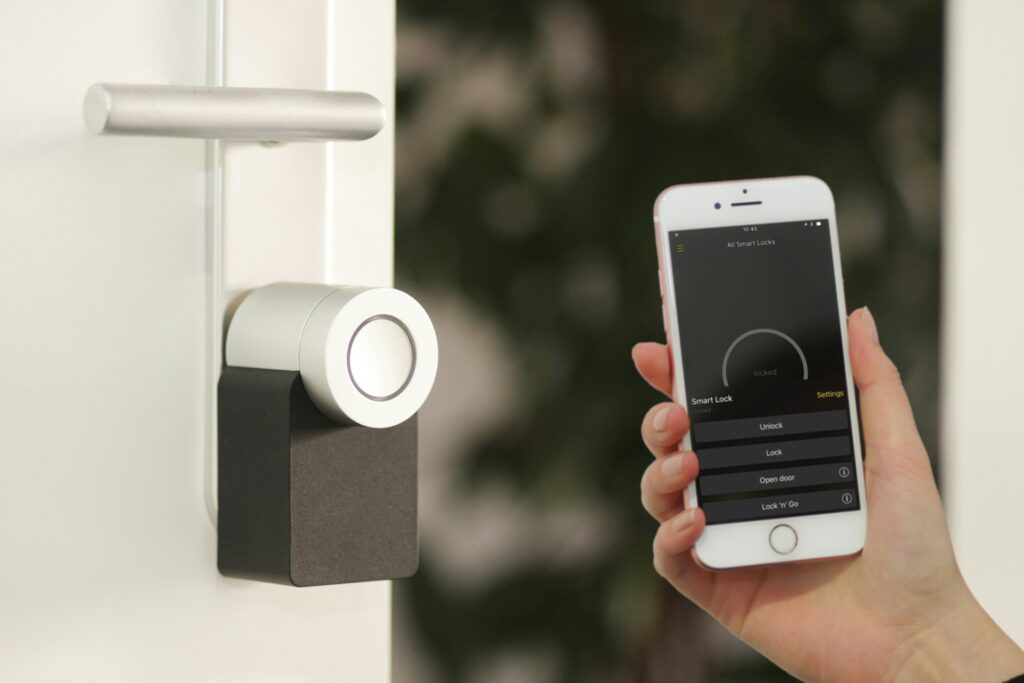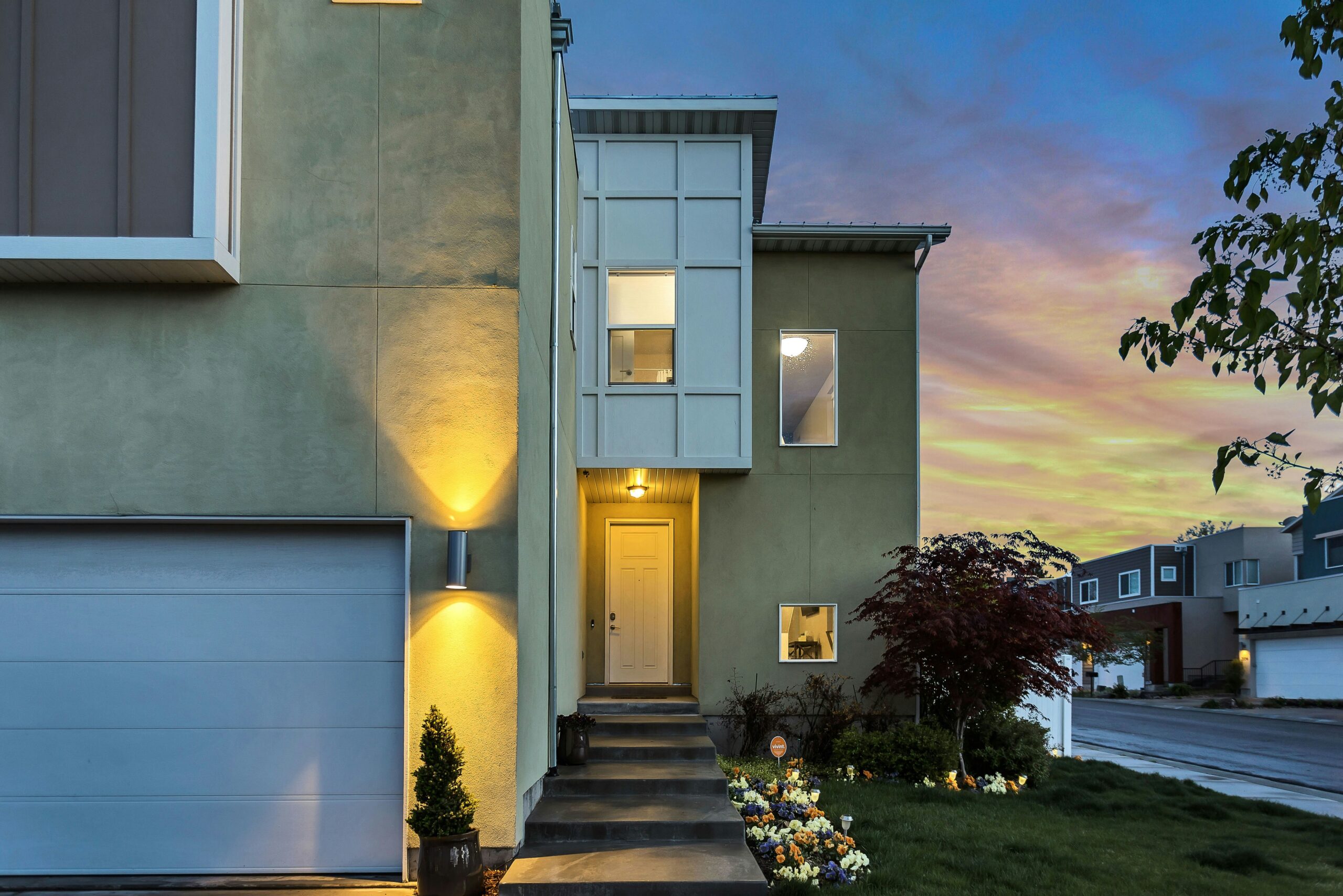Top Home Security Tips for Families: Using Technology for Home Protection
In an era where safety and peace of mind are top priorities, technology for home security has advanced far beyond traditional locks and alarms.
From smart cameras to automated lighting systems, modern tools now make it easier than ever for families to protect their loved ones and property.
Whether you live in a bustling city or a quiet neighborhood, investing in effective home security isn’t just about preventing break-ins—it’s about creating a safe, connected environment where everyone feels secure.
This guide explores the top home security tips for families, combining smart technology with practical strategies. By integrating both high-tech and common-sense solutions, you can safeguard your home while making daily life more convenient and stress-free.
Why Home Security Matters More Than Ever
Today’s homes are filled with valuable devices—from laptops and tablets to smart TVs and appliances—all connected to the internet.
As technology for home evolves, so do potential threats.
While break-ins remain a concern, digital vulnerabilities are also on the rise. That’s why modern home security involves both physical and digital protection.
Families especially benefit from layered security systems. With parents working remotely and kids spending more time online, having reliable safety measures in place offers confidence and control. Fortunately, today’s smart security tools make achieving that balance easier than ever.
1. Upgrade to Smart Security Systems
One of the most effective ways to enhance your home’s safety is by investing in a modern smart security system. These integrated setups combine cameras, motion detectors, and alarms—all controlled from your smartphone or through voice assistants like Alexa or Google Home.
Benefits of Smart Security Systems
- 24/7 Monitoring: Receive instant alerts when unusual activity is detected, even when you’re away from home.
- Remote Access: Check live camera feeds and lock doors from anywhere using your mobile device.
- Easy Integration: Pair with other smart gadgets like lighting or thermostats for a complete security ecosystem.
- Professional Support: Many systems include monitoring services that contact authorities in emergencies.
Top brands like Ring, SimpliSafe, and ADT Smart Home offer reliable options for every budget. With real-time alerts and mobile access, these systems put control directly in your hands—perfect for modern family living.

2. Secure Entry Points with Smart Locks
Your doors and windows are your first line of defense. Traditional keys can be lost or copied, but smart locks eliminate those risks by allowing digital access control. These devices are a cornerstone of technology for home security, giving homeowners flexibility and peace of mind.
- Keyless Entry: Unlock doors using your phone, a keypad, or even biometric verification like fingerprints.
- Temporary Access Codes: Provide time-limited codes for guests, babysitters, or service providers.
- Activity Logs: Track who enters or exits your home, and when.
- Remote Locking: Forgot to lock up? Secure your doors with a single tap from your smartphone.
Paired with smart doorbells and cameras, these locks create a seamless access control system that’s both practical and secure. No more hidden keys under mats—just convenience and control at your fingertips.

3. Light Up Your Home with Smart Lighting
Good lighting is one of the simplest yet most powerful deterrents against potential intruders. With smart lighting technology, homeowners can take this concept to the next level by automating illumination throughout the house and yard.
How Smart Lighting Boosts Security
- Automated Schedules: Program lights to turn on at dusk and off at sunrise—or while you’re on vacation to simulate activity.
- Motion Activation: Outdoor motion-sensor lights startle intruders and improve nighttime visibility.
- Remote Control: Adjust lighting remotely through your smartphone, even from another country.
- Integration: Sync with your security system so lights activate automatically when an alarm is triggered.
With brands like Philips Hue and LIFX, homeowners can customize light intensity and color while adding a strong layer of protection. This small investment can make a big difference in deterring unwanted visitors and enhancing curb appeal.

4. Protect Your Family with Smart Cameras and Doorbells
Smart cameras and video doorbells are some of the most valuable innovations in technology for home security. These devices provide real-time surveillance, video recording, and two-way communication—all from your phone.
Why Smart Cameras Are Essential
- Live Video Feeds: Check in on your home anytime to ensure everything’s in order.
- Two-Way Audio: Speak with visitors or delivery drivers without opening the door.
- Cloud Storage: Automatically save footage for easy access later.
- Facial Recognition: Advanced models can identify familiar faces and reduce false alarms.
Place cameras at key entry points, such as front doors, driveways, and backyards. Combine these with a video doorbell to screen visitors before letting them in.
Not only do these gadgets increase safety—they also provide peace of mind for families with kids or elderly relatives at home.

5. Strengthen Cybersecurity for Smart Homes
As we embrace more connected devices, cybersecurity becomes just as important as physical protection. Every smart gadget—whether it’s a thermostat or a baby monitor—can potentially become a target for hackers if not properly secured.
Cybersecurity Tips for Families
- Secure Your Wi-Fi: Change your router’s default username and password, and use strong encryption (WPA3 if available).
- Use Two-Factor Authentication: Add an extra layer of protection for accounts linked to smart devices.
- Update Regularly: Keep device firmware and apps up to date to patch vulnerabilities.
- Limit Device Access: Only share access with trusted family members or guests.
- Use a Separate Network: Create a guest or IoT network to isolate smart devices from sensitive data.
Educating all family members—especially children—about online safety can also prevent accidental security breaches. Encourage strong passwords and teach kids to recognize suspicious activity online.

6. Don’t Forget Basic Home Security Practices
While technology for home adds advanced protection, traditional safety measures remain essential. Combining both approaches provides a comprehensive defense strategy for your family.
- Lock All Doors and Windows: Sounds simple, but it’s often overlooked.
- Install Deadbolts: Reinforce entry doors with quality locks and strike plates.
- Keep Valuables Out of Sight: Avoid displaying expensive items through windows.
- Trim Landscaping: Keep bushes and trees pruned to eliminate hiding spots near windows.
- Get to Know Neighbors: Building relationships within your community adds an extra layer of security.
Technology is powerful, but human awareness and proactive habits remain irreplaceable components of home safety.

7. Teach Children Home Safety Basics
Home security isn’t just the responsibility of adults—it’s something every family member should understand. Teaching kids basic safety rules ensures they know what to do in different situations.
Important Safety Lessons for Kids
- Don’t Open the Door: Never open the door for strangers, even if they say it’s an emergency.
- Know Emergency Contacts: Teach children how to call parents or emergency services if needed.
- Be Cautious Online: Avoid sharing personal details or home addresses on social media.
- Use Security Features: Older kids can learn to operate smart locks or alarm systems responsibly.
Integrating safety education into daily routines empowers children to stay calm and act wisely in any situation.
8. Embrace Smart Sensors for Extra Protection
Beyond traditional security devices, smart sensors can detect dangers that might otherwise go unnoticed. These are excellent examples of how technology for home enhances safety and prevents damage.
- Smoke and Carbon Monoxide Detectors: Smart alarms send instant phone alerts in emergencies.
- Water Leak Sensors: Detect leaks early to prevent costly water damage.
- Window and Door Sensors: Notify you when someone opens or tampers with entry points.
- Temperature Sensors: Monitor indoor climate for fire prevention and comfort.
These discreet devices are easy to install and add invaluable layers of protection that go beyond burglary prevention.
Build a Safer, Smarter Home for Your Family
Creating a secure home today means combining smart technology for home with practical safety habits.
From smart locks and lighting to cybersecurity and family education, each layer of protection contributes to a safer, more comfortable living environment.
The good news? You don’t have to invest in everything at once—start small, build gradually, and focus on what best fits your family’s needs.
Home security is more than just a precaution—it’s a commitment to protecting the people and memories that matter most.
Explore the latest innovations in smart home technology, and take the first step toward building a home that’s not only connected but confidently secure.
For more expert homeownership tips and tech insights, follow our blog and discover how to make your home safer, smarter, and stress-free.
Pssst: Adding a fence to your property can also make your home more secure.

